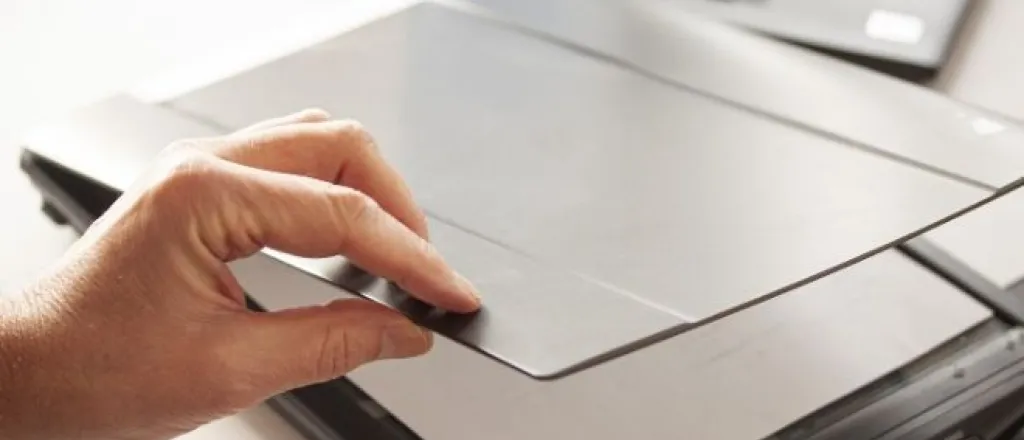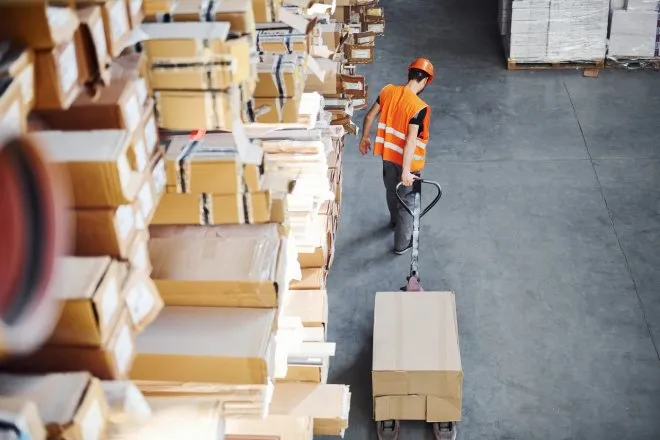
How to reduce exposure to COVID-19 at work
We are all doing what we can to limit the spread of COVID-19. With social distancing and staying at home, the risk of infection is less. The federal and state governments have ordered all non-essential businesses to close. This is necessary to reduce the risk of spreading and contracting the virus, and it’s working. Unfortunately, though, millions of people have lost their jobs as a result of this. It’s truly a double-edged sword scenario; if you lost your job, you are home safe from the virus but can’t pay the bills. If you work in one of those essential services, you are more financially secure, but you run the risk of contracting the virus. These are hard times for everyone. If you still have your job here are tips on how to reduce exposure to COVID-19 at work.
Work from home
The best thing you can do is work from home. Lots of industries such as banking, marketing, and sales make it easy to work from home. The infrastructure is already in place, and the nature of the work typically allows for it. If you have the kind of job suited to work-from-home, then take advantage of it as soon as possible. Most companies that have remote work capabilities have implemented it already.
Identify where exposure can happen
Essential service industries that require people to report for work every day are still operating. Those businesses need to identify areas where employees can pass the virus to one another. Once they find them, businesses can limit the workers’ exposure to these areas and keep them clean and disinfected. Communal areas in the workplace may also require new policies to maintain the social distancing guidelines as well.
Limit handling of shared objects
There are dozens of objects in the workplace that many people handle throughout the day. Tools and paperwork are tops on the list. Employees should have their own tools so they are the only ones handling them. Going paperless is a great idea to reduce the number of objects passing from person to person. If your work orders, invoices, memos, and the like are all on paper, digitizing them will help reduce exposure for everyone.
Utilize personal protective equipment
Manufacturing environments are full of industry-specific safety equipment. That could include anything from cut-resistant gloves, steel-toed shoes, or hairnets. In addition to what is already on-site, personal protective equipment (PPE) like latex gloves, air masks, and face shields should be available to employees, too. They will lessen the chance of spreading the virus to others when combined with social distancing.

















